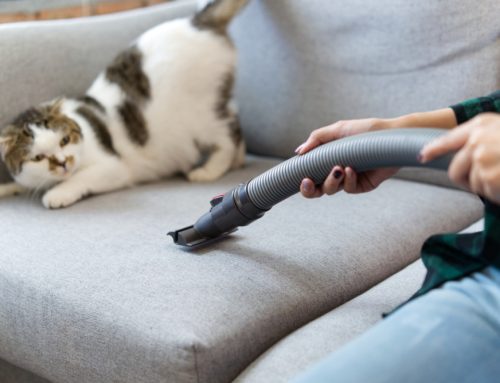 Foxtails…the word makes you think of a lovely meadow with the sun shining through those golden-tipped grasses. And, while foxtails can seem beautiful from afar, but can actually cause severe infections and abscesses in pets – mostly generally, dogs. That is why it is important to know how to keep your pet away from foxtail grasses and similar species of this problematic plant group.
Foxtails…the word makes you think of a lovely meadow with the sun shining through those golden-tipped grasses. And, while foxtails can seem beautiful from afar, but can actually cause severe infections and abscesses in pets – mostly generally, dogs. That is why it is important to know how to keep your pet away from foxtail grasses and similar species of this problematic plant group.
Identifying Foxtails
Foxtails belong to a family of grasses that contain awns, or barbs, that are designed to burrow into the ground, along with the seed, to encourage propagation. Awns are the dried arrow-shaped stickers that the grasses shed, and are the harmful portion of the foxtail.
Just as the awn might burrow into the ground, the trouble is that it will also burrow into skin and flesh. The sophistication of the awn’s design allows it to not just dig but also to continue to move deeper into its host.
To recognize foxtails, look for tall grasses with the ubiquitous “bushy tail” or top that resembles a fox tail.
Along with foxtails, you will want to learn to recognize the other varieties of these barb bearing grasses: cheatgrass, wild barley, and ripgut brome.
Symptoms of Foxtail Infection
As stated, foxtail troubles are more common with dogs than cats, in part due to feline fastidiousness. Dogs, and especially hunting dogs, are more likely to be outdoors in areas where exposure to these grasses is likely.
So, the more time you spend with your dog in wild, grassy areas, the greater the need for close inspection of his or her fur and skin.
Common signs that your pet may be experiencing complications from foxtails include:
If your pet develops any of these symptoms, please bring him or her in for an examination, as these infections progressively get worse and can cause organ damage. In cases where the foxtail infection or inflammation is caught early, your pet may only need medications and superficial removal of the awn or awns. However, more severe infections and abscesses often require surgery.
Keeping Your Pet safe from Dangerous Foxtails
Considering how insidious these simple grasses can be, the best approach is a prevention based one. Yes, there is always a slight risk in spending time outdoors, but there are some more significant risk factors that can be avoided.
It’s natural to want to spend time outside with your best fur friend, and some dogs just love to run and hike. Just be mindful of where you choose to roam and avoid bushy, overgrown areas for the health and safety of your dog or other pet.






